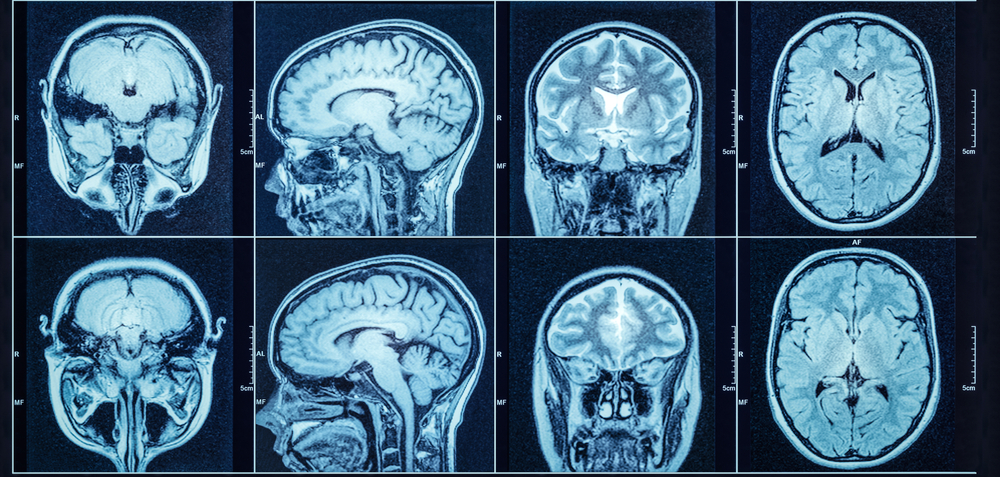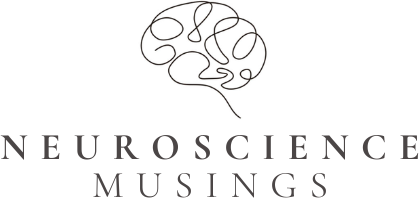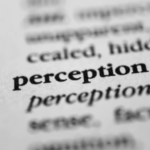
Hi All,
In this article, we are covering the basics of brain anatomy. With the rising popularity of neuroscience, parts of the brain get increasingly mentioned in media (e.g., the prefrontal cortex), and the below will hopefully help put some of the terms into context.
Put on your gloves and let’s go!

(Student me & a sheep brain)
Brain Anatomy Basics
3 quick facts to start with:
- As a simple rule: Brain areas located towards the back of the brain are responsible for primal functioning (e.g., breathing, blinking, temperature regulation), while brain areas closer to the front of the brain are responsible for complex thought (e.g., critical thinking and problem-solving).
- The average human brain weighs about 3 pounds:
- ~70% is water (which is present in the brain’s cells and the space between them),
- ~25% is fat (in form of fatty acids, which are one of the most crucial molecules that determine the ability to perform),
- ~5% are other substances like proteins, minerals, and ion.
- Area vs. Function: how do we form a memory or make a decision? Most processes in the brain do not exclusively happen in one area but rely on complex systems spanning across multiple brain regions.
It was surprisingly difficult to find a brain diagram that shows the areas I chose to cover today. However, see the closest match below.

Prefrontal cortex (PFC)
→ labelled above as ‘Frontal lobe’
- The PFC is located right behind our forehead and is the area associated with critical and rational thinking. The PFC can also be referred to as the centre of executive functions as it is responsible for planning, problem-solving, goal-setting, and the ability to initiate and control actions.
- Damage to this area can cause impulsivity (as impulse control might be impacted), emotional dysregulation (as rational thinking might be impacted), and working memory deficits (as cognition might be impacted). Research has shown that damage to the PFC can lead to significant personality changes.
Amygdala
→ not included in diagram; located in the middle of the brain near the Thalamus
- A small part with great significance! The amygdala is a small almond-shaped structure and the emotional process centre of the brain. It helps us recognise and react to potential threats (and rewards) in our environment. Also, it links our emotions to other brain abilities, like decision-making, memories, and learning.
- Amygdala hijack: if we experience worry, we can often calm ourselves down by evaluating the situation critically. However, if anxiety exceeds a certain threshold, it overrides the PFC and therefore logical thinking!Depending on a person’s stress response, they might freeze, fight, or flight. For example, if a person experiences rage, their ability to think is blocked. Similarly, if someone freezes, they are not able to leave this state until their nervous system is regulated again and the amygdala stops firing. [We can cover how to get someone out of an intense stress response in a separate article.]
Hippocampus
→ not included in diagram; located in the middle of the brain near the Thalamus
- Vital for memory formation and learning! It helps us store and retrieve information about past experiences. Also, the hippocampus is responsible for spatial navigation (e.g., remembering mental maps and the location of objects).
- Damage to the Hippocampus can lead to the inability to form new long-term memories. Movies like “50 first dates” and “Memento” showcase how this can impact a person’s life.
Broca’s and Wernicke’s Areas
→ not included in diagram; both areas are located in the frontal lobe of the left hemisphere
- Broca’s area is responsible for language production and speech. It is involved in the formation of grammatically correct sentences, articulation, and the motor planning required for speaking. Damage to this area can result in the inability to translate mental images and representations into words.
- Wernicke’s area is responsible for language comprehension. It plays a crucial role in understanding and interpreting written and spoken language.
Thalamus
→ labelled above
- Often referred to as the “gateway to the brain“.
- The thalamus relays sensory information (i.e., the stimuli picked up through our senses) to different parts of the brain for further processing.
Hypothalamus
→ labelled above
- It acts like a control centre for many bodily functions. It regulates body temperature, hunger, thirst, and the release of hormones that influence emotions and behaviours.
Pineal Gland
→ labelled above
- It responds to light/dark and secretes melatonin accordingly, which regulates our circadian rhythm and sleep-wake cycle. Sun exposure greatly impacts our body’s clock and therefore, levels of alertness during daytime and quality of sleep during night-time. (Another reason to go out for walks more often and to move one’s work setup closer to a window, if possible.)
Cerebellum
→ labelled above
- Also called “little brain”
- It has a wide range of functions, e.g., the coordination of movement, maintaining balance, and motor learning. For example, it contributes to the precise timing and sequencing of movements, which is crucial for most activities e.g., walking, running, or playing an instrument.
- For everyone familiar with Powerpuff Girls:

If you would like to support my work, here’s a way: Ko-fi.com/neurosciencemusings. If you choose to do so: Thank you!!
As always, I’m here for questions, message me on Instagram @neuroscience.musings or via the contact form.
Have a great day/night wherever you are!
Best regards,
Sarah
References:
- Herculano-Houzel, S. (2012). The remarkable, yet not extraordinary, human brain as a scaled-up primate brain and its associated cost.Proceedings of the National Academy of Sciences, 109(supplement_1), 10661-10668.
- Anand KS, Dhikav V. Hippocampus in health and disease: An overview. Ann Indian Acad Neurol. 2012 Oct;15(4):239-46. doi: 10.4103/0972-2327.104323. PMID: 23349586; PMCID: PMC3548359.
- https://www.edrawmax.com/article/the-anatomy-of-human-brain-with-diagram.html
- https://www.brainlab.org/get-educated/brain-tumors/learn-brain-anatomy-basics/brain-anatomy/
- https://www.dana.org/wp-content/uploads/2019/08/anatomy-function-brain-areas-basics-aug-2019-2024.jpg


